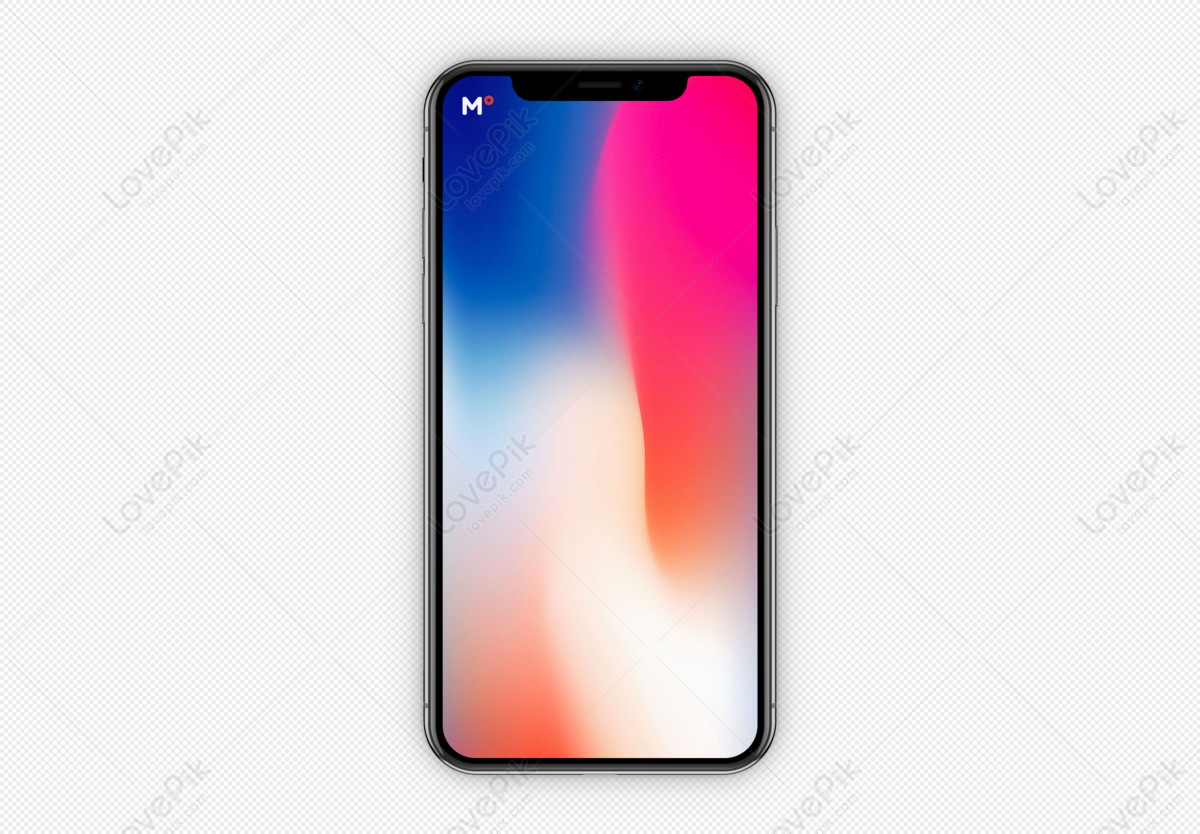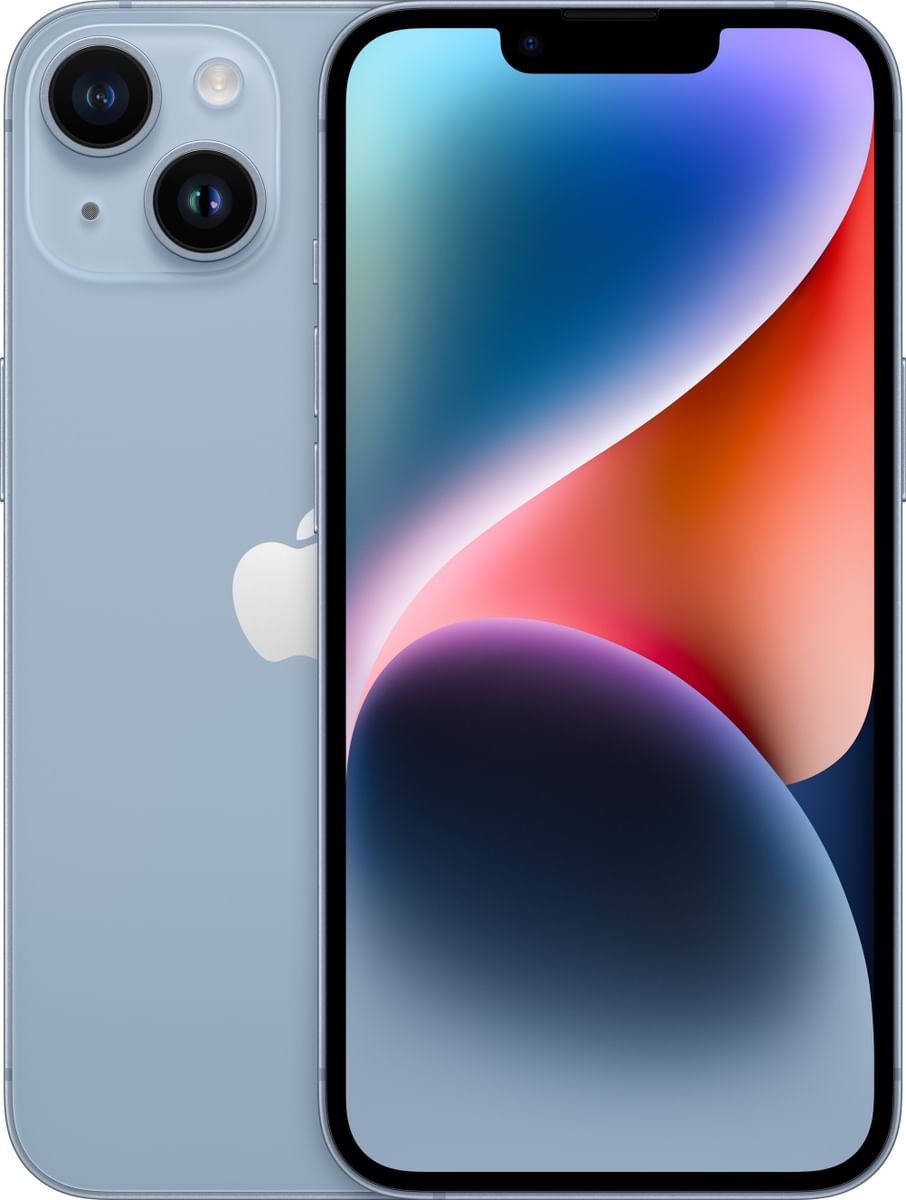Mobile Billboard Trucks For Sale: Your Guide to Dynamic Advertising on Wheels types.truckstrend.com
In an increasingly competitive marketplace, businesses are constantly seeking innovative and impactful ways to capture audience attention. Traditional advertising methods, while still relevant, often lack the dynamism and targeted reach necessary to stand out. Enter the mobile billboard truck – a powerful, versatile, and highly visible advertising solution that literally brings your message directly to your target audience.
A mobile billboard truck is essentially a commercial vehicle specifically designed or retrofitted with large-format displays for advertising. These displays can range from static vinyl banners to state-of-the-art LED digital screens, offering unparalleled flexibility and impact. For entrepreneurs, marketing agencies, and businesses of all sizes, investing in a mobile billboard truck isn’t just buying a vehicle; it’s acquiring a mobile marketing powerhouse capable of transforming brand visibility and driving direct engagement. This comprehensive guide will walk you through everything you need to know about mobile billboard trucks for sale, helping you make an informed decision for your next big marketing leap.
Mobile Billboard Trucks For Sale: Your Guide to Dynamic Advertising on Wheels
Understanding the Appeal: Why Invest in a Mobile Billboard Truck?
The allure of mobile billboard trucks lies in their unique blend of reach, flexibility, and impact, offering distinct advantages over traditional advertising mediums:
- Unparalleled Visibility and Reach: Unlike static billboards, mobile billboards are constantly moving, exposing your message to thousands of new eyes daily. They can penetrate areas where traditional billboards are scarce or prohibited, reaching diverse demographics in high-traffic zones, events, and specific neighborhoods.
- Targeted Marketing Capabilities: This is where mobile billboards truly shine. You can strategically plan routes to target specific demographics, events, trade shows, conventions, retail locations, or even competitor sites. Imagine advertising a new restaurant by driving through lunch-hour hotspots, or promoting a concert outside a major arena.
- Dynamic and Engaging Content (Digital Displays): With LED digital screens, your advertising isn’t static. You can display video ads, animated graphics, real-time updates, social media feeds, and even interactive content. This dynamism captures attention far more effectively than a static image, allowing for more complex messaging and storytelling.
- Cost-Effectiveness in the Long Run: While the initial investment might seem significant, owning a mobile billboard truck can be more cost-effective over time compared to continuous traditional media buys (e.g., recurring billboard rentals, TV/radio spots). You control the inventory, the schedule, and the content, eliminating ongoing rental fees.
- Direct Engagement and Call-to-Action: Mobile billboards can incorporate QR codes, website addresses, phone numbers, and social media handles prominently, encouraging immediate action from viewers. Some advanced setups even allow for Wi-Fi hotspots or Bluetooth beacons for proximity marketing.
- Brand Building and Awareness: Consistent exposure of your brand on a large, moving platform significantly boosts brand recognition and recall, cementing your presence in the minds of potential customers.

Types of Mobile Billboard Trucks For Sale
When exploring mobile billboard trucks for sale, you’ll encounter various types, each suited for different budgets, marketing objectives, and operational needs:
-
Static Display Trucks: These are the most traditional and often the most budget-friendly option. They feature large frames designed to hold printed vinyl banners or rigid signs.
- Pros: Lower initial cost, simpler operation, less maintenance.
- Cons: Content is static, requires physical changing of banners, less impactful than digital.

-
LED/Digital Display Trucks: These are the cutting-edge of mobile advertising, featuring large, high-resolution LED screens.
- Pros: Dynamic content (video, animation, real-time updates), remote content management, high visibility day and night, superior impact.
- Cons: Higher initial cost, more complex maintenance, higher power consumption.
- Sub-types:
- Single-Sided/Double-Sided: Most common are double-sided for maximum exposure.
- Three-Sided/Quad-Sided: Some custom builds offer screens on multiple sides for 360-degree visibility.
- Retractable/Pop-Up Screens: Allow for larger screens that extend when parked.
-
Combination Trucks: Some trucks integrate both static and digital elements, offering a hybrid approach. For example, a large static banner on the side with a smaller digital screen at the rear.
-
Custom Builds: For businesses with unique requirements, custom-built trucks can integrate specific features, sizes, or even interactive elements like product display areas or sampling stations.
-
Used vs. New Trucks:
- New Trucks: Come with warranties, the latest technology, and no prior wear and tear. Higher upfront cost.
- Used Trucks: More affordable, potentially quicker acquisition. Requires thorough inspection, understanding of maintenance history, and assessment of display lifespan.

Key Features and Specifications to Look For
Purchasing a mobile billboard truck requires a keen eye for technical specifications to ensure durability, performance, and long-term value.
- Truck Chassis: The foundation of your mobile billboard. Look for reputable brands known for reliability, fuel efficiency, and ease of maintenance (e.g., Ford, Freightliner, Isuzu, Hino, Mercedes-Benz Sprinter). Consider the gross vehicle weight rating (GVWR) to ensure it can safely carry the display and equipment.
- Display Technology (for LED Trucks):
- Pixel Pitch (P-Rating): This is crucial. A lower P-rating (e.g., P6, P8, P10) means more pixels per square meter, resulting in higher resolution and clearer images from closer distances. P6-P10 is generally good for outdoor mobile applications.
- Brightness (Nits): Essential for visibility in direct sunlight. Look for screens with at least 5,000 to 8,000+ nits.
- Refresh Rate: A higher refresh rate (e.g., 1920Hz to 3840Hz) ensures smooth video playback without flickering, especially important for camera recording.
- Weatherproofing: The display must be rated for outdoor use (IP65 or higher for front and rear) to withstand rain, dust, and temperature extremes.
- Screen Size and Aspect Ratio: Consider the optimal size for your target audience and common content aspect ratios (e.g., 16:9 for video).
- Power System: Mobile billboards require significant power.
- Generator: Diesel generators are common due to fuel efficiency and longevity. Look for low-noise (dB rating) and reliable brands (e.g., Kubota, Cummins Onan).
- Battery Backup/Inverter System: For short periods of operation without the generator, or to power auxiliary systems.
- Shore Power Connection: For plugging into an external power source when parked.
- Content Management System (CMS) & Software: An intuitive CMS allows for easy scheduling, uploading, and managing of content remotely. Look for features like geo-fencing, real-time reporting, and playlist management.
- Audio System: Many digital billboard trucks include external speakers for an immersive advertising experience, especially useful for events.
- GPS Tracking & Telematics: For route optimization, performance monitoring, and security.
- HVAC for Equipment: Essential to regulate the temperature of sensitive electronic components within the display and control room, ensuring longevity.
- Safety Features: Reverse cameras, side cameras, advanced braking systems.
The Buying Process: A Step-by-Step Guide
Navigating the purchase of a mobile billboard truck can be complex. Follow these steps for a smooth acquisition:
-
Define Your Needs and Budget:
- Purpose: Will you use it for your own business, or rent it out? What kind of advertising will you run?
- Display Type: Static, digital, or hybrid?
- Geographic Reach: How far will you travel?
- Budget: Be realistic about the total cost, including the truck, display, generator, software, and potential customization. Factor in operational costs like fuel, maintenance, and insurance.
-
Research Reputable Manufacturers/Dealers: Look for companies with a proven track record, positive customer reviews, and strong technical support. Attend industry trade shows if possible.
-
Inspect and Evaluate (Especially for Used Trucks):
- Truck Chassis: Check mileage, engine condition, tires, brakes, and overall vehicle health. Get a pre-purchase inspection from a trusted mechanic.
- Display: For LED screens, check for dead pixels, uniform brightness, and any signs of water damage. Ask for proof of pixel pitch and brightness ratings.
- Generator: Test its operation, noise level, and fuel efficiency.
- Documentation: Request maintenance records, service history, and warranties for both the truck and the display.
-
Understand Warranties and Support: Clarify what is covered under warranty for the truck chassis, the LED display modules, and other components. Inquire about post-purchase technical support and spare parts availability.
-
Negotiate Price and Terms: Don’t hesitate to negotiate. Discuss payment terms, delivery schedules, and any included training or support packages.
-
Consider Financing Options: Many dealers offer financing, or you can explore commercial loans from banks or specialized equipment financing companies.
-
Address Legal and Regulatory Considerations:
- Driver’s License: Depending on the truck’s GVWR, a standard driver’s license may suffice, but some larger vehicles might require a Commercial Driver’s License (CDL).
- Local Ordinances: Research local regulations regarding mobile advertising, noise levels, operating hours, and parking restrictions in your target areas. Some cities have strict rules.
- Permits: You may need special permits for operating in certain areas or for specific events.
- Insurance: Obtain comprehensive commercial vehicle and equipment insurance.
-
Training: Ensure you or your drivers receive adequate training on operating the truck, the display system, and basic troubleshooting.
Operating and Maximizing Your Investment
Owning a mobile billboard truck is just the first step; effective operation is key to maximizing its ROI.
- Strategic Route Planning: Use demographic data, traffic patterns, and event schedules to plan optimal routes. Track successful routes and adjust as needed.
- Compelling Content Creation: High-quality, engaging content is paramount. Keep messages concise, visually appealing, and include clear calls to action. For digital screens, leverage video and animation.
- Regular Maintenance: Implement a strict maintenance schedule for both the truck (engine, tires, fluids) and the display system (cleaning screens, checking connections, software updates).
- Driver Management: Hire reliable drivers who understand the importance of safe driving and adherence to routes.
- Marketing Your Services: If you plan to rent out your truck, actively market its unique capabilities to local businesses, event organizers, and advertising agencies.
- Adapt to Challenges:
- Fuel Costs: Optimize routes, consider fuel-efficient truck models, and monitor fuel consumption.
- Driver Availability: Have a pool of trained drivers or establish clear hiring processes.
- Regulatory Changes: Stay updated on local and state laws regarding mobile advertising.
Mobile Billboard Trucks For Sale: Representative Price Guide
The cost of a mobile billboard truck varies significantly based on its type, features, condition (new vs. used), and the sophistication of its display technology. The table below provides representative price ranges for common types of mobile billboard trucks. Please note these are estimates and actual market prices can fluctuate.
| Type of Truck | Display Type | Display Size Range (Approx.) | Key Features | New Price Range (USD) | Used Price Range (USD) |
|---|---|---|---|---|---|
| Static Billboard Truck | Vinyl Banner | 10’x20′ to 12’x24′ (per side) | Simple frame, basic lighting, often on a flatbed or box truck chassis. | $40,000 – $80,000 | $15,000 – $45,000 |
| Small Digital Display | P8-P10 Outdoor LED | 6’x10′ to 8’x12′ (per side) | Single/double-sided, basic generator, remote CMS, compact chassis (e.g., Ford Transit, Isuzu NPR). | $100,000 – $180,000 | $60,000 – $120,000 |
| Medium Digital Display | P6-P8 Outdoor LED | 8’x15′ to 10’x20′ (per side) | Double-sided, robust generator, advanced CMS, audio system, mid-size commercial chassis (e.g., F-550). | $180,000 – $280,000 | $100,000 – $180,000 |
| Large Digital Display | P4-P6 High-Res Outdoor | 10’x20′ to 12’x25′ (per side) | High-brightness, high-refresh rate, powerful silent generator, climate control, premium chassis. | $280,000 – $450,000+ | $150,000 – $250,000 |
| Custom Build/Specialty | Varies (often P4-P6) | Tailored to client needs | May include multiple screens, pop-up mechanisms, interactive elements, custom branding, high-end chassis. | $400,000 – $750,000+ | $200,000 – $450,000 |
Note: Prices are highly variable and depend on factors such as truck mileage/condition (for used), LED pixel pitch, screen brightness, generator quality, software features, and customization level. Always obtain detailed quotes from multiple suppliers.
Frequently Asked Questions (FAQ)
Q1: How much does a mobile billboard truck cost?
A1: As detailed in the price table, new mobile billboard trucks can range from $40,000 for basic static models to over $750,000 for high-end digital or custom builds. Used trucks are significantly cheaper, typically ranging from $15,000 to $250,000.
Q2: What’s the ROI for a mobile billboard truck?
A2: ROI can be substantial. By owning, you eliminate recurring rental fees. Your ROI depends on how effectively you utilize the truck (ad sales if renting, increased customer acquisition if for your own business), the cost of operation, and the initial investment. Many businesses find they can recoup their investment within 1-3 years by consistently booking out their truck or seeing significant gains in their own marketing efforts.
Q3: Do I need a special license to drive one?
A3: It depends on the truck’s Gross Vehicle Weight Rating (GVWR). Most mobile billboard trucks, especially larger digital ones, will likely exceed 26,001 lbs GVWR and thus require a Commercial Driver’s License (CDL) in the U.S. Always check your local Department of Motor Vehicles (DMV) regulations.
Q4: What are the maintenance requirements?
A4: Regular vehicle maintenance (oil changes, tire checks, brake inspections) is essential. For digital screens, this includes cleaning the LED panels, checking electrical connections, monitoring cooling systems, and regular software updates. Generators also require routine servicing.
Q5: Can I customize the truck?
A5: Absolutely. Many manufacturers offer extensive customization options, from the size and type of display to interior layouts, branding wraps, and specialized features like sound systems or interactive elements.
Q6: How long do the LED screens last?
A6: High-quality outdoor LED screens are designed for longevity, typically having a lifespan of 50,000 to 100,000 operating hours before brightness significantly degrades. This translates to 5-10 years of continuous operation, or much longer with intermittent use.
Q7: What are the legal restrictions for mobile billboards?
A7: Regulations vary widely by city, county, and state. Some areas restrict mobile advertising, prohibit certain noise levels, or have specific operating hours or parking rules. It’s crucial to research and comply with all local ordinances where you plan to operate.
Q8: Can I generate my own content or do I need a professional?
A8: While you can create basic static images or simple videos yourself, professional content creation is highly recommended for digital displays. Engaging, high-resolution video and animated graphics will maximize your impact and make your investment worthwhile.
Conclusion
Investing in a mobile billboard truck represents a strategic move for any entity looking to amplify its marketing efforts. These versatile vehicles offer a powerful, flexible, and high-impact advertising solution that can reach audiences where traditional media cannot. By carefully considering your needs, understanding the different types of trucks available, scrutinizing key features, and diligently navigating the buying process, you can acquire a mobile marketing asset that delivers exceptional visibility and a strong return on investment. A mobile billboard truck isn’t just a vehicle; it’s a dynamic advertising platform poised to drive your message forward, literally.
